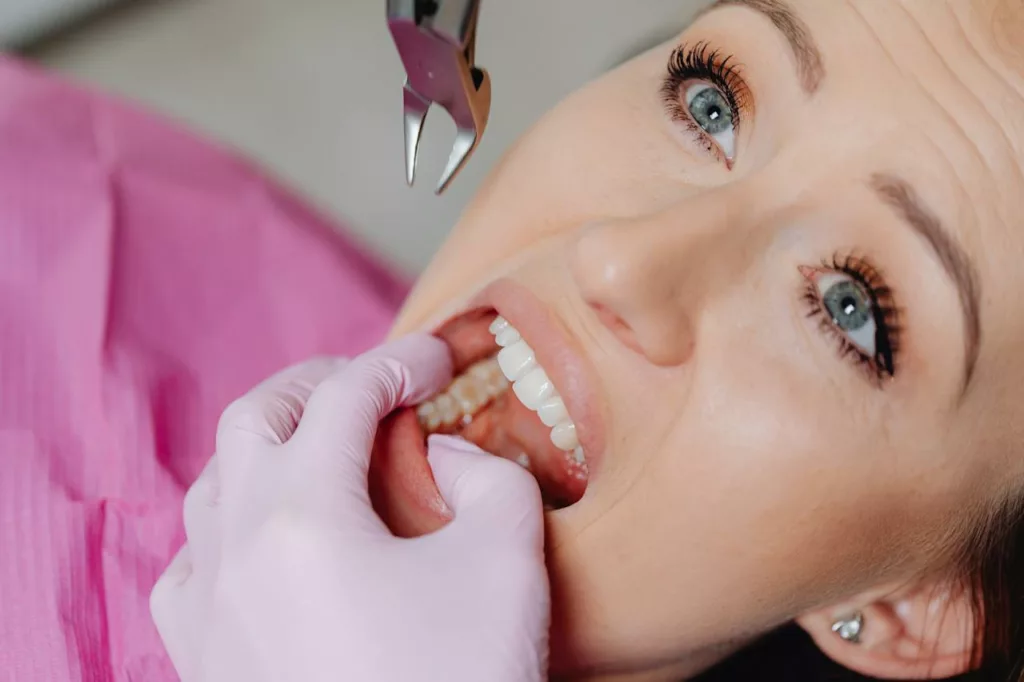
How many times has it happened that you failed to smile wholeheartedly due to crooked teeth???
How many times has it happened that you ate our favorite and your tooth pained??
Tooth problems are quite common. However, addressing them at the right time and in the right way, make a lot of difference. That’s where Dental care comes into the picture.
Dental care is one of the most important aspects of our well-being. Dental health not only impacts our external looks but also plays a key role in maintaining our inner health. Be it due to decay, or uneven teeth, or more, there are certain dental problems that call for dental removal. That’s where extracting forceps are used very widely. This article brings you a close look at the different types of extracting forceps:
1. Universal Extraction Forceps:
Mainly used for the upper teeth anterior, these forceps are 12-14 cm long. These forceps are also called Bader extraction forceps. They are made in stainless steel and come with an excellent grip. The forceps have a concave beak, these forceps are designed exclusively to fit around the root of the tooth. They are considered to be the best for removing upper extractions. The exposed pin makes it easy for dentists to repair their tools with efficiency.
2. Serrated Upper Extraction Forceps:
Also known as 150 upper extraction forceps are made in pure stainless steel to handle teeth. Durability and sturdiness as the key features, these forceps come with a read pattern or curve to ensure form grip for the Dentist. firmly in the palm of your hand. The forceps have a pin in the neck to blend with the design and at the same time, the beak allows firmer grip. One of the uniqueness is that these forceps can be used by the right hand as well as for left-hand dentists.
3. Universal Upper Forceps:
These forceps can be called a larger and thicker version of a standard bayonet forceps. These forceps allow easy grip on the upper primary teeth and roots. These forceps are exclusively designed for pediatric purposes i.e. when attending to kids.
4. Cow horn forceps
One of the common dental problems is molar removal/decay. It wouldn’t be an exaggeration to call cow horn forceps exclusive for molar problems. The shape of these forceps is so unique that it achieves perfect access to lower and upper molars with minimal trauma. The sleek design ensures a smooth transition for maxillary molars without any pain or trauma.
Apart from the above-mentioned key forceps that are widely used by all dentists across the globe, there are more designs of forceps that are designed to address specific and critical dental problems. Irrespective of what forceps you choose and of what manufacturer, every forceps are made of the following three parts:
- Handle – Serving the purpose attached, the handles of the forceps are designed keeping the elements of comfort, ergonomics, and grip in mind. The purpose and positioning of the handle are to allow the dentist to apply maximum range and force while addressing the problem.
- Neck – Call it the bridge, connector, or the catalyst, the neck is the one that holds the handle and the beak. The shape of the neck is decided based on the area of the mouth the forceps are expected to be used.
- Beak – The real performer of the forceps is the beak. It is the beak that actually performs the task. Therefore, the shape of the beak plays a key role in defining the force that needs to be applied to the teeth.
There are many manufacturers out there that offer dental forceps of all types in impeccable quality.


